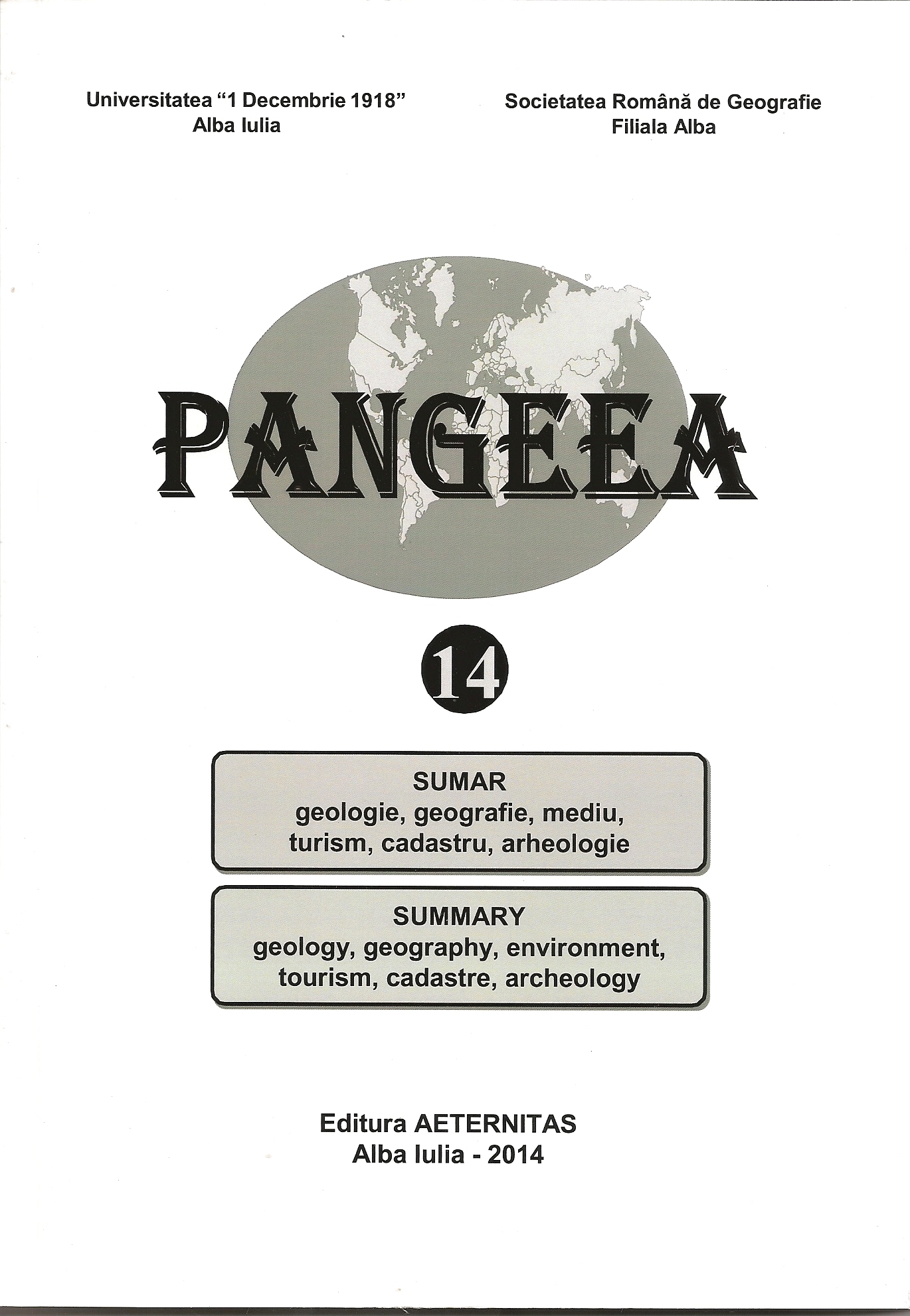ASPECTE GEOGRAFICE PRIVIND POPULAŢIA GERMANĂ DIN
TRANSILVANIA ÎN SECOLUL AL XX-LEA ŞI LA ÎNCEPUTUL
SECOLULUI AL XXI-LEA
Geographical aspects concerning the German population in Transylvania
in the 20th century and the beginning of the 21st century.
Author(s): Ioan Mărculeț, Cătălina MărculețSubject(s): Essay|Book Review |Scientific Life, Geography, Regional studies
Published by: Editura Aeternitas
Keywords: German people; Saxons; emigration; Transylvania; Romania
Summary/Abstract: Geographical aspects concerning the German population in Transylvania in the 20th century and the beginning of the 21st century. Colonised in this territory by the Hungarian kings in the 12th century, the Germans (Saxons) were organised in „scaune” and districts located in the south and north-east of the Province. In early 20th century they numbered 233,014 people, rising to 237,416 some ten years later (1930), after the Greater Union of 1918 (a political act agreed also by the National Council of Transylvanian Saxons). The Second World War disturbed the quiet life of this community. Many joined the German army and never returned, others (from the Bistriţa-Reghin region) fled to Austria and Germany to escape the advance of the Soviet Army, and others still were deported to work in the USSR under the war compensations agreement between Romania and the Soviet Union. In 1948, what was left of this ethnical group in Romania were only 157,000 people. The nationalisation campaigns of the 1950s and the accord signed by President Nicolae Ceauşescu and Chancellor Helmuth Schmidt (1978) accelerated the emigration of this population, its number dropping to 41,458 in 1992, 18,208 in 2002 and 11,643 in 2011.
Journal: PANGEEA
- Issue Year: 14/2014
- Issue No: 14
- Page Range: 99-109
- Page Count: 11
- Language: Romanian

